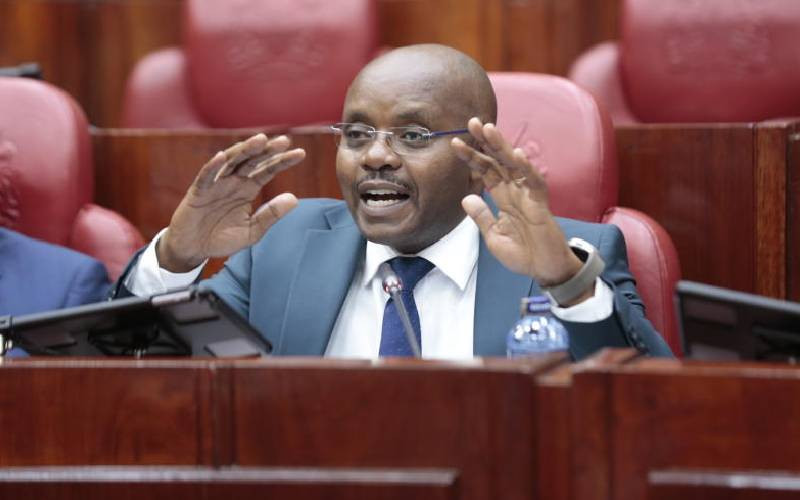
Kenya changed again on June 25. The youth raised the bar of public accountability by demanding adherence to constitutional values by State officers and institutions. There was a public demonstration of rage at specific institutions that have consistently failed to listen to public sentiment. Parliament was an obvious target because members have turned it into a club representing the interests of their parties and the membership. However, it is noteworthy that other public institutions were also a target of youth anger. One that stands out is the historical Uhuru Park.
For some reason, Uhuru Park remains closed to the public after renovations. The government has chosen to keep secret the reasons for closing the park. On a few occasions, the park has been opened briefly only to be closed again. Recently it was in the news after the Nairobi governor vowed to open a nightclub in the park. The news was met by resistance in social media primarily because many viewed as a prelude to privatisation of the park.
The park is a major landmark and an important public space. It is one of the historical grounds associated with the fight for the Second Liberation. It hosts the Freedom Corner dedicated to Wangari Maathai and the mothers of Nyayo-era political detainees.
While the park was closed off for renovations and upgrading in the closing years of the Uhuru Kenyatta era, there was hardly any consultation on the scale and scope of the work. Many speculated the park had been grabbed. The secretive nature of the work only worked to stir suspicion. That it would become a target of youth rage later is hardly surprising.
The park is a public space. It is ordinary Kenyans who use it every day. Excluding them from decisions on the design, renovation and use of the park can only serve to alienate the people. Any changes deemed to turn the park into a space for the privileged will be resisted. The addition or removal of amenities that make the park less hospitable to the ordinary Kenyan can only rue the public.
Uhuru Park is in Nairobi but is one of the few public spaces that actually serve the whole of Kenya. Mombasa’s Mama Ngina Waterfront and Jomo Kenyatta Public Beach are probably the only others of equal stature. Limiting access or changing the way these spaces operate significantly will raise public concern across the nation. Youth anger directed at a public space highlights discrepancies in its management.
It is also noteworthy that the Gen Z protests have highlighted the failure of city planning to move with the times. For years, the government has banned major protests despite express approval in the Constitution. The grounds for these bans has always been the disruption caused to others and arising security risks. Previously Uhuru Park served as the main rallying ground for peaceful assembly and protest in Nairobi. With the grounds shut from the public, only the streets remain.
It is important to accommodate the values espoused in the Constitution by giving them real meaning in everyday life. The right to peaceful protest must be accommodated in the design and operation of our towns. Dedicated spaces must be availed to accommodate the free expression as detailed in the constitution. As things stand no public building is designed to welcome a mass of protestors presenting a petition. Neither do we have a dedicated space for protest in our towns and cities.
 The Standard Group Plc is a
multi-media organization with investments in media platforms spanning newspaper
print operations, television, radio broadcasting, digital and online services. The
Standard Group is recognized as a leading multi-media house in Kenya with a key
influence in matters of national and international interest.
The Standard Group Plc is a
multi-media organization with investments in media platforms spanning newspaper
print operations, television, radio broadcasting, digital and online services. The
Standard Group is recognized as a leading multi-media house in Kenya with a key
influence in matters of national and international interest.
 The Standard Group Plc is a
multi-media organization with investments in media platforms spanning newspaper
print operations, television, radio broadcasting, digital and online services. The
Standard Group is recognized as a leading multi-media house in Kenya with a key
influence in matters of national and international interest.
The Standard Group Plc is a
multi-media organization with investments in media platforms spanning newspaper
print operations, television, radio broadcasting, digital and online services. The
Standard Group is recognized as a leading multi-media house in Kenya with a key
influence in matters of national and international interest.








